Keygoe1001-PCS1UF2
DONJIN Keygoe1001-PCS1UF2 multi-media switch is a multimedia communication platform for 1 to 240 line applications in telecom value-added services, call center and enterprise communication for small and medium-sized enterprises. In a 1U chassis, it provides a maximum of 240-channel circuit switching, and each channel can be configured to one voice resource; thus, it can provide a maximum of 120 VoIP resources, 30 fax resources, 128 conferences, 16 SS7 links (64 kbps), 2 SS7 links (2 Mbps), and 4 SS7 links (2 Mbps in a high-impedance monitoring mode). This device has the features of nice integrity, comprehensiveness, simplicity, and flexibility, which is convenient for users to construct a highly efficient, easily deployed and maintained service system of high performance.
Integrity
l You can inset the CPU board in this standalone device, and then desploy integrated services, such as the IP-PBX, call center, multimedia conference system, digital recording system, fax server, and so on;
l You can select various CPU board types to meet various services. At present, "Intel? Core 2 Duo T7200" and " Intel? Atom N270" are supported.
Comprehensiveness
l A standalone switch possesses the functions of voice exchange, VoIP, voice playing, voice recording, faxing, conferencing, signaling processing, and so on.
High-Efficient management
l The analog trunk interface can detect the port voltage to improve the system management efficiecy;
l Simple usability (when the CPU board is built in);
l The software can be preloaded to the CPU board for fast installation and deployment;
l The built-in 4 network exchange interfaces are easily for extension;
l By a LAN port, the switch can connect to a host, which could be used as a redundancy for the built-in CPU board;
l The special CPU board switch ensures the service data integrity;
l Support to connect to the UPS with the serial port in case of power-off;
l The VGA and RS-232 are convenient to for external configuration or monitoring;
l Two USB 2.0 ports are convenient to connect to the SMS modem, dongle, and other USB devices.
Flexibility
l One-Stop ODM solution for customerization.
l 8 pairs of RJ48 digital trunk interfaces;
l 2 RJ45 LAN interface (10/100M);
l 240 circuit switching channels at most;
l 240 voice resources at most;
l 30 fax resources at most;
l 120 IP resources at most Note;
l 128 conference resources at most (256 members for each one);
l 16 SS7 links of 64 kbps at most;
l 2 SS7 links of 2 Mbps at most;
l 4 SS7 links of 2 Mbps at most (bidirectional high-impedance monitoring);
l Connecting to 8 analog interface chassis at most.
Note: In a standalone switch, when the VoIP resource number is over 30, you need configure the Keygoe1001 high-density VoIP daughter board "PABEIP120".
TDM interface and protocol
A) TDM interface
l Support the standard mode, high-impedance mode (the high-impedance adaptor need be connected externally);
l Conform to the G.703, and support the twisted pair (120 Ω balanced);
l Conform to the frame structure of G.704 and multiframe alignment of G.706;
l The 2048 kbps PCM confirms to the G.732 and G.796;
l The alarm conforms to the G.775;
l Support power fault alarming;
l The jitter and wander conforms to the G.823.
B) SS7
l Conform to the ITU-T signaling system No.7, including the Q.700-Q.716, Q.721-Q.766, and Q.771-Q.795;
l Maximum message processing ability for each link: 500 MSU/S;
l Support the MTP, TUP, ISUP, SCCP (transparency), and M3UA signaling function;
l Support the 64 kbps standard link and 2 Mbps high-speed link (monitoring);
l Support the 14/24-bit point codes;
l Support the traffic balancing between the links and link groups;
l Support the link switch and switch back in a link group;
l Support multiple OPCs (originating point codes) and DPCs(destination point codes);
l Support to dynamically add, delete, activate, recover, deactivate, normally restart, urgently restart signaling and to process signaling congestion;
l Support the SP and STP function.
C) ISDN PRI
l Conform to ITU-T Q.921 LAPD;
l Conform to ITU-T Q.931 ISDN PRI; European ISDN ETSI NET5;
l Support the network side and client side;
l Support the overlapping mode when receiving and sending called numbers.
IP interface and protocol
A) Network exchange interface
l TCP/IP 1000BASE-T port (RJ45)
SNMP
l Conform to the SNMPV1 and SNMPV2
B) RTP
l Conform to the RTP/RTCP (RFC3551/3552);
l Voice encoding/decoding format: G.711 μ law/ A law, G.723.1 (5.3/6.3 kbps self-adaptation), G.729A/B/AB;
l Voice activity detection/silence compression (G.723/G.729);
l Comfort noise;
l Voice packet sampling length/frame number can be configured (10–60 ms);
l Dynamic DTMF load of the RTP (RFC2833/4733);
l Jitter buffer: Support the static jitter mode and dynamic self-adaptation mode simultaneously;
l Analyze the network environment and make the statistics of packet loss;
l Support the NAT/firewall detection and transparency.
C) H.323
l Abide by the ITU-T H.323v2 (H.225v2/H.245v3);
l Support the coding standards of G.723, G.726, and G.729;
l Support the call parameters such as the fast start and H.245 tunneling;
l Call forwarding;
l Gatekeeper auto discovery and login (Support the number registration types of H.323 UID and E164);
l H.245 user input character and DTMF signal message (User Input Indication);
l Terminal registration management.
D) SIP
l Conform to the IETF SIPv2 (RFC3261);
l UDP/TCP transmission mode;
l MD5 (digest) identity test;
l REFER call forwarding (RFC3515);
l SIP message subscription/notice (RFC3265 SUBSCRIBE/NOTIFY);
l Proxy server register, user identification, and timely refreshing;
l SIP INFO message (RFC2976);
l Registrar; support the authentication of the service part;
l Support the NAT/firewall detection and transparency.
E) Audio protocols
l Voice encoding and decoding format: G.711 μlaw/A law, G.723.1, (5.3/6.3 kbps self-adaptation), and G.729A/B/AB;
l Voice activity detection/Silence compression (G.723/G.729);
l Comfort noise.
Media resource
A) Voice resource
l Voice code format: Support the A law/μ law PCM, AMI-ADPCM, G729, G723.1, and so on;
l Voice file format: Support the WAVE, PCM, ADPCM, VOX, MP3, and so on;
l Support the transfer between the A law and μ law;
l Support the voice playing of the memory and file server in the real time;
l Support the recording of the file server in the real time (dynamic memory);
l Support the DTMF, FSK, R2, and tone detection of self-defined envelope;
l Support the DTMF, FSK, R2, and tone generation of self-defined envelope;
l Support the mixed voice recording and playing;
l Support the echo canceling (128 ms);
l Support the AGC/ALS;
l Support the voice recording and playing in a full duplex mode;
l Support the VAD and CNG;
l Support the DPD and PVD.
B) Fax resource
l Support the V29/V27 with the rates of 14400/9600/7200/4800/2400bps; support the automatic down speeding;
l Support the T.30 and T.38;
l Support to receive/send fax in an ECM mode, selecting ECM/NON-ECM mode automatically;
l Support to input the .tiff file using the MR, MH, and MMR; support to send/receive files using the MH.
C) Conference
l One trunk channel can be configured to one conference resource.
l Voice services: IVR, telephone conferencing, color ring back tone (CRBT), background music, and telephone recording;
l Video services: multimedia CRBT, video telephone, video conference, video mail, 3G video, and video monitoring;
l Signaling services: virtual telephone exchange, signaling gateway, missed call service for fixed lines, integrated access gateway, media gateway, and mobile positioning;
l Integrated services: VoIP, unified messaging, Internet faxing, integrated QQ, and mobile payment;
l Call control services: pre-payment, post-payment, intelligent public telephone, and callback;
l Next-generation network: multimedia resource server;
l Call center: automatic voice playing, conference recording, IP agent, remote agent, video application, Web800, calling out, and automatic callback.

 “Financial Product”WeChat
“Financial Product”WeChat “Telecommunication Product”WeChat
“Telecommunication Product”WeChat
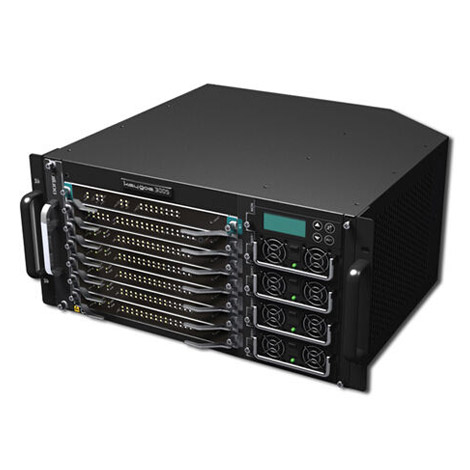



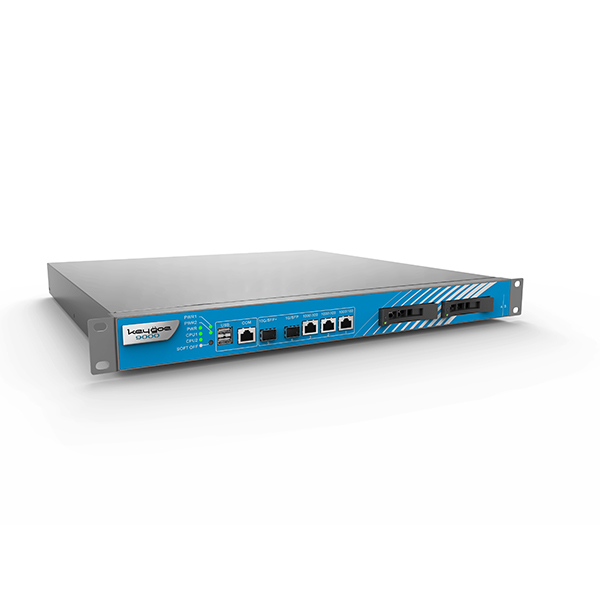
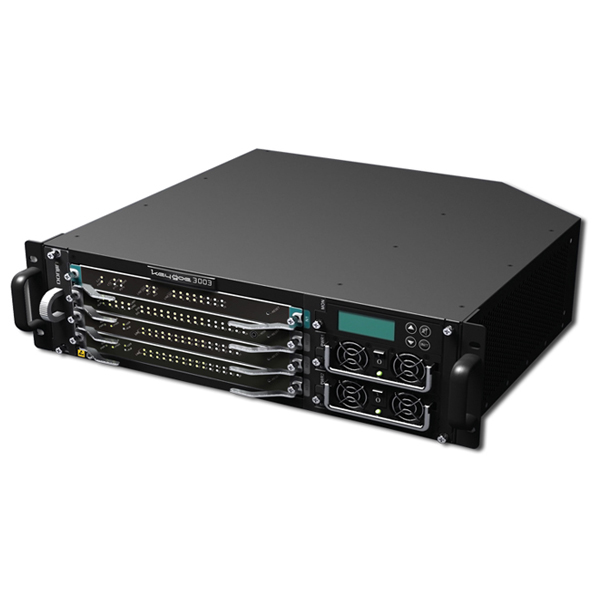
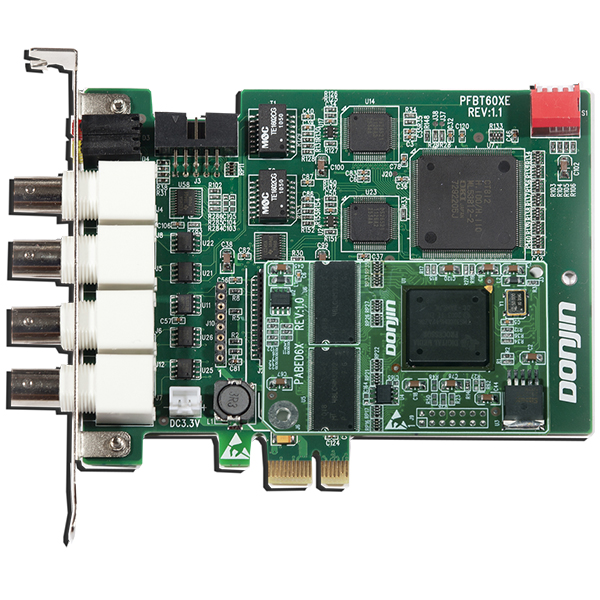

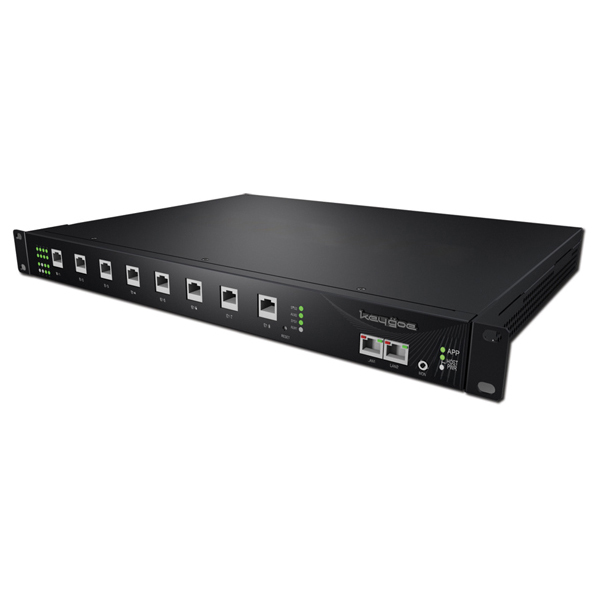
 Download
Download